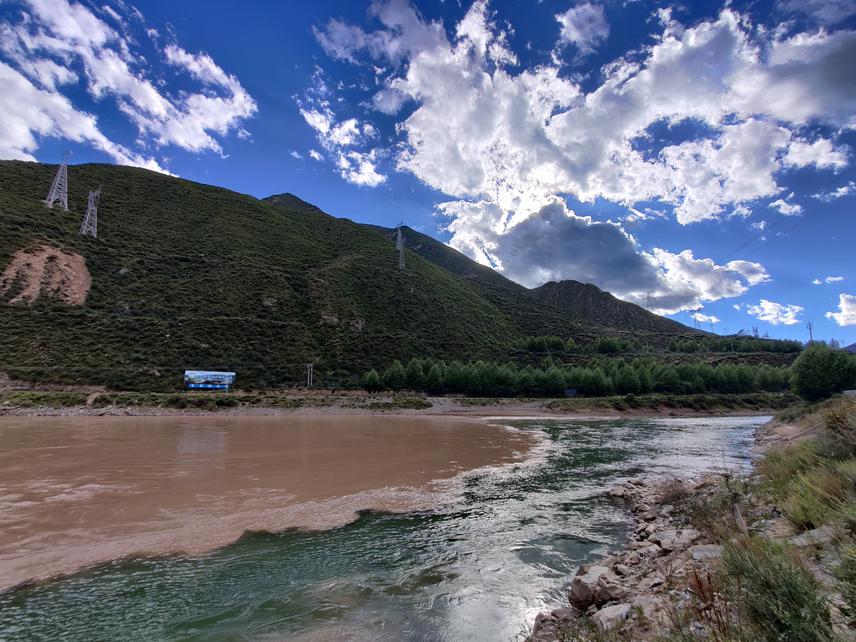Li Xueyang
Common leopard population is decreasingly globally. The species is increasingly reported at high altitudes in southern Yushu prefecture on the Tibetan Plateau, China. Our limited camera trap data suggests at least one stable population in certain areas of Yushu. The mountainous areas here could be a refuge for leopards. Meanwhile leopards are reported to depredate on the livestock of local communities, potentially leading to negative attitudes. This project aims to build a better understanding of common leopard status in high elevated areas of China by assessing their local distribution through occupancy analysis and investigating local attitudes towards the species.

The common leopard is distributed globally. It is known for its ability to adapt to various habitats and cause severe human wildlife conflicts. Recent evidence has reported the presence of the species at high elevations of the Tibetan Plateau in China, reaching 4000m. These high elevated areas are not considered to be its typical habitat according to the IUCN (2019) and previous research (Laguardia et al. 2017).
In recent years however, we obtained presence records from several villages alongside Lancang and Tongtian River, in southern Yushu prefecture, Qinghai province, China. In Angsai, a township that had not previously documented the species in the 1940s, captured five common leopard individuals on camera trap including a set of cubs. However, in other part of Yushu, the status of the leopard population is unclear. Previous studies suggest that local herders generally hold positive or neutral attitudes towards snow leopards (Li et al. 2013), but attitudes and tolerance levels for the common leopards remains unknown. This study aims to assess common leopard local distribution, as well as document reported livestock depredation and local attitudes towards the species in southern Yushu prefecture.
We’ll conduct interview-based occupancy survey to investigate local distribution of common leopards in 12 study sites in Yushu. Among them, 9 are recorded for common leopards with preliminary camera trap results, 3 are potential sites need to be studied. A common leopard habitat use/ occupancy rate map in Yushu will be generated. Attitudes towards common leopards and livestock loss due to the species will be assessed in all 12 sites.
With above results and actions, a proposal for government will be submitted to promote in-depth common leopard camera trap surveys on the Tibetan plateau at a larger scale, i.e. Sanjiangyuan region and surrounding area. Advices for feasible conservation of common leopards on the Tibetan plateau will be given in the proposal as well. Meanwhile, local herders will also be involved with this project, to produce a brochure together about common leopard ecology and status in Yushu with the project output, to increase the local awareness for common leopards.